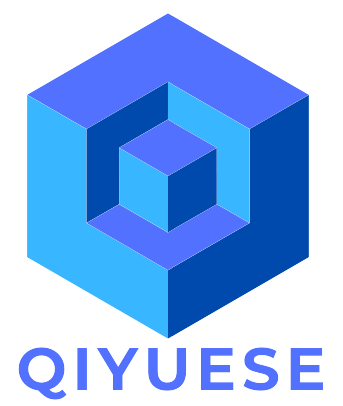In a world where communication is key, navigating the intricate landscape of language translation can often feel like a daunting task. From business interactions to personal connections, the ability to convey messages accurately across language barriers is essential in fostering understanding and building relationships. Language translation serves as a bridge between diverse cultures, allowing for the exchange of ideas and the sharing of experiences in a global society that is increasingly interconnected. In this article, we explore the nuances of language translation and the challenges that can arise when seeking to overcome these barriers in the pursuit of effective communication.
The Importance of Accurate Translation
Translation plays a crucial role in bridging communication gaps between individuals who speak different languages. It enables the exchange of ideas, information, and culture, fostering understanding and unity among diverse groups. Inaccurate translations can lead to misunderstandings and misinterpretations, hinder effective communication, and potentially damage relationships.
Accurate translation ensures that the intended message is conveyed faithfully and maintains the original tone, style, and context. It preserves the nuances of language, including cultural references and idiomatic expressions, allowing for clear and precise communication across language barriers. This precision is essential in professional settings such as business negotiations, legal proceedings, and healthcare interactions where the stakes are high.
Moreover, accurate translation is vital in promoting cross-cultural understanding and respect. When done well, แปลเอกสาร facilitates communication but also fosters empathy, appreciation, and mutual respect among individuals from different linguistic backgrounds. It allows for the exchange of ideas, stories, and perspectives, enriching our global society and enhancing our interconnectedness.
Common Challenges in Language Translation
One common challenge in language translation is accurately conveying idiomatic expressions and cultural nuances from one language to another. These phrases often do not have direct equivalents, making it challenging for translators to capture the precise meaning intended by the original speaker.
Another obstacle in language translation is dealing with grammatical differences between languages. Sentence structures, word order, and grammatical rules vary widely across different languages, leading to difficulties in producing translations that maintain the original message’s integrity.
Furthermore, the use of specialized terminology in technical, legal, or medical documents presents a significant challenge for translators. Ensuring that the translated text is not only accurate but also uses the appropriate technical jargon requires a deep understanding of both the subject matter and the target language.
Tools to Improve Translation Accuracy
To enhance translation accuracy, utilizing modern technology can be highly beneficial. Translation software and tools help streamline the language conversion process, ensuring more precise results. These tools leverage artificial intelligence and machine learning algorithms to provide suggestions, improve vocabulary accuracy, and enhance overall translation quality.
One popular tool is Google Translate, which offers instant translations and supports a wide range of languages. It is a convenient resource for quick translations but may lack the nuanced understanding required for complex or specialized content. For more specific and accurate translations, professional translation software like SDL Trados or MemoQ are preferred choices among linguists and translators.
In addition to software solutions, online dictionaries and terminology databases play a crucial role in ensuring accurate translations. Resources such as Merriam-Webster for English terms or WordReference for multiple languages provide valuable definitions, context, and synonyms that contribute to better translation outcomes. By combining technology with access to reliable linguistic references, translators can navigate the language barrier with greater precision and efficiency.
